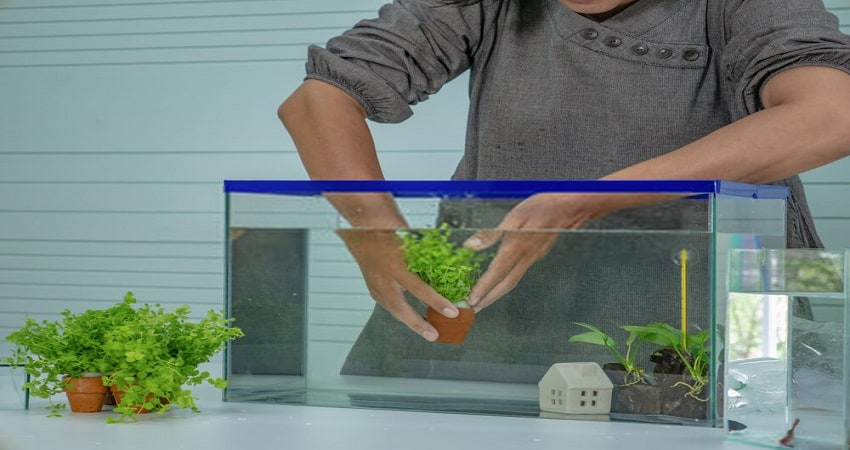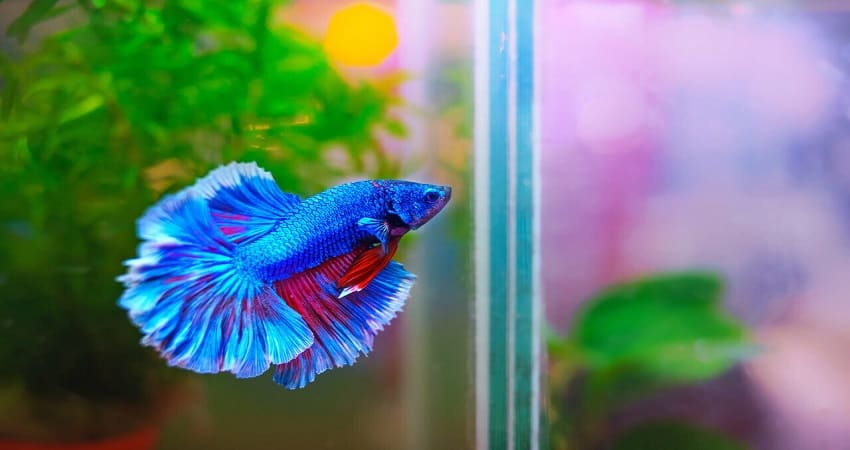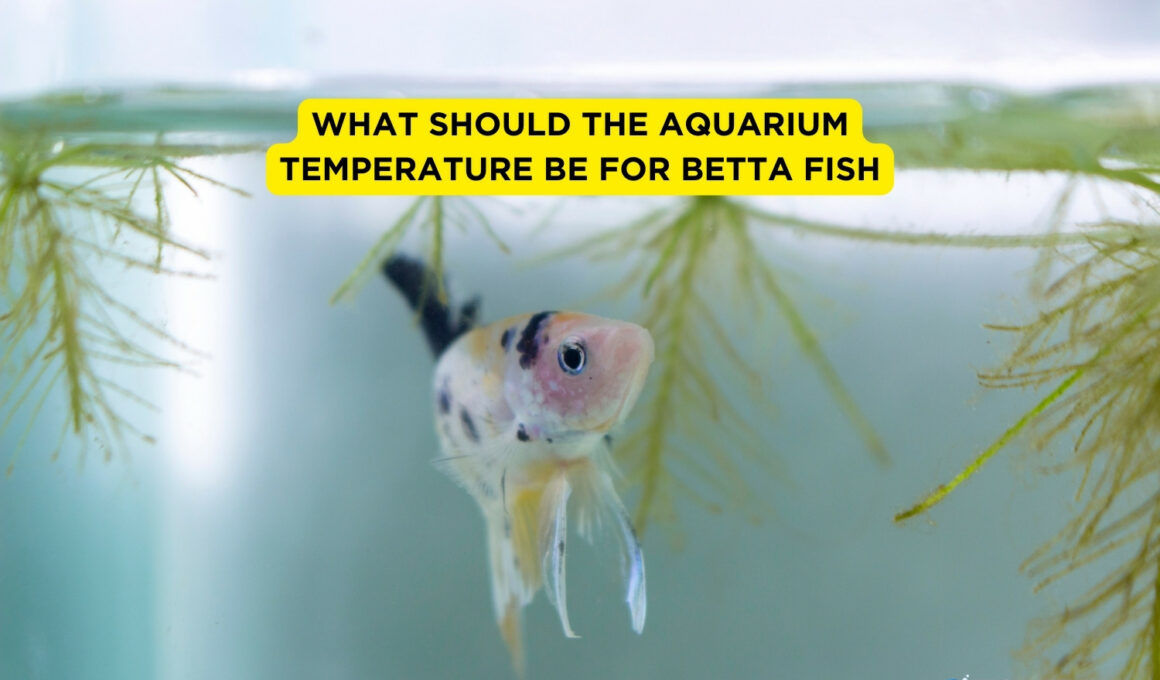In this article Show
As an experienced aquarist, I understand the nuances of creating the perfect home aquarium environment for these vibrant and captivating fish. Betta fish are renowned for their striking colors and elegant fins, making them a favorite among fish enthusiasts.
However, their health and vitality depend significantly on the conditions we provide, with water temperature playing a pivotal role. In this post, we’ll explore why the right temperature is crucial for your betta’s well-being and how you can achieve and sustain it effortlessly. Whether you’re a seasoned betta keeper or just starting, this guide will equip you with practical insights to ensure your aquatic companion thrives.
The Best Tank Temperature For Betta Fish
The ideal temperature for a betta fish tank is consistently maintained between 78 and 80 degrees Fahrenheit (25.5 to 26.5 degrees Celsius), which is essential for replicating their natural tropical environment, preventing stress and diseases, and promoting the overall health and longevity of your pet betta fish
Also worth reading;
- How Much Gravel Does An Aquarium Need?
- How To Add Calcium To Freshwater Aquarium
- How To Fix A Leaking Aquarium Without Draining
- How To Tie Down Wood In An Aquarium
- Best Ways to Clean An Acrylic Aquarium: Complete Guide
How to Monitor and Maintain the Ideal Temperature
Maintaining the perfect temperature in a betta fish tank is crucial for their health and well-being. Here’s a guide on how to effectively monitor and maintain the ideal temperature:

Choosing the Right Aquarium Heaters and Thermometers
Selecting an Aquarium Heater
- Type of Heater: Opt for submersible heaters as they are more efficient in maintaining a stable temperature.
- Wattage: Generally, use a heater with 5 watts per gallon of water. For a 10-gallon tank, a 50-watt heater is typically adequate.
- Adjustability: Choose a heater with an adjustable thermostat for precise temperature control.
Picking the Right Thermometer
- Digital vs. Analog: Digital thermometers are more accurate than analog. Consider a digital model with a probe that goes inside the tank.
- Placement: Place the thermometer away from the heater for an accurate reading of the tank’s overall temperature.
Tips on Maintaining a Consistent Temperature
Avoid Temperature Fluctuations
- Stable Environment: Keep your tank away from direct sunlight and drafts which can cause temperature swings.
- Regular Checks: Regularly check the thermometer to ensure the temperature remains stable.
Dealing with Temperature Changes
- Gradual Adjustments: If you need to change the temperature, do it gradually over several days to avoid shocking your fish.
- Use a Thermostat: A thermostat can automatically turn the heater off when the desired temperature is reached and back on when it drops.
Regular Heater Maintenance
- Check for Malfunctions: Regularly inspect the heater for any signs of wear or damage.
- Clean Regularly: Ensure the heater is free from algae and debris, which can affect its efficiency.
By following these guidelines, you can create a stable and healthy environment for your betta fish, enhancing their longevity and quality of life. Remember, consistency is key when it comes to temperature control in an aquarium.

Troubleshooting Common Temperature-related Issues
Maintaining an ideal temperature in a betta fish tank is crucial, but sometimes you may encounter challenges. Here are common temperature-related issues and practical solutions to address them:
1. Heater Malfunction
Symptoms: Unstable temperatures, no heating, or overheating.
Solutions
- Regular Checks: Periodically test your heater’s performance in a separate container of water.
- Backup Heater: Always have a spare heater on hand to replace a faulty one promptly.
- Warranty and Support: Utilize warranties and customer support for troubleshooting or replacements.
2. Temperature Drops
Causes: Room temperature changes, faulty heaters, or inadequate heater wattage.
Solutions
- Insulation: Use a tank cover to minimize heat loss, especially in cooler environments.
- Appropriate Wattage: Ensure your heater’s wattage is suitable for your tank size.
- Room Temperature: Keep your aquarium in a room with stable ambient temperature.
3. Temperature Spikes
Causes: Overexposure to sunlight, heater malfunction, or incorrect heater settings.
Solutions
Location: Avoid placing the tank near windows or direct sunlight.
Thermostat Checks: Regularly check and adjust the heater’s thermostat to prevent overheating.
Cooling Methods: In case of overheating, gradually cool the tank by turning off lights, using fans, or adding small amounts of cooler water.
Preventative Measures
- Regular Monitoring: Daily check the tank temperature at different times.
- Routine Maintenance: Regularly clean and inspect heating equipment.
- Environmental Awareness: Be mindful of seasonal changes and adjust your tank maintenance accordingly.
By proactively addressing these common issues, you can ensure a stable and healthy environment for your betta fish. Remember, prevention is always better than cure, so regular monitoring and maintenance are key to avoiding temperature-related problems in your betta fish tank.










